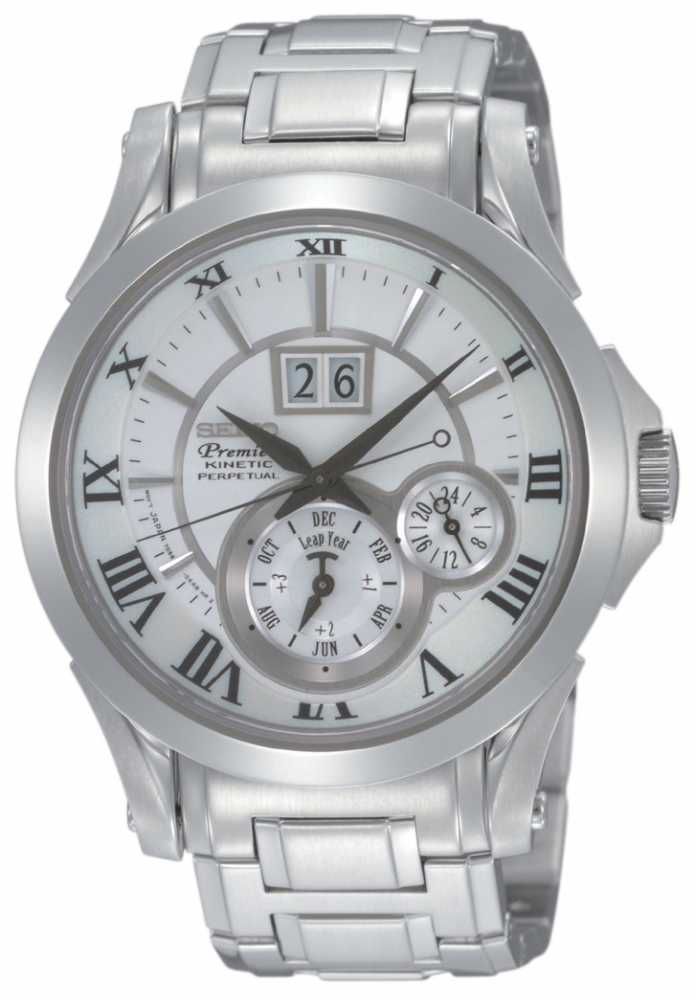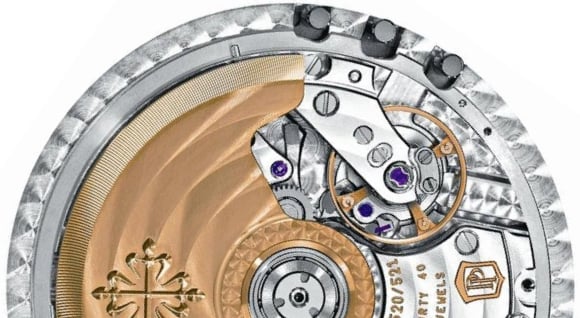Depending on your age, you may or may not remember seeing your father wind his watch each night before going to bed. He would surely wake to a watch that had stopped if he did not. All mechanised timepieces function in the same manner. They require a motion of some sort to “tick” of increments from your energy which in turn registers as movements. A rotor in the watch is situated in the middle of the watch. It rotates in a circular motion and winds the mainspring to obtain power.
Self-winding, automatic watches work great for people who wear the watch each day, but if you do not wear the watch frequently, it needs manual winding about twice a week. If they are wound manually about once every two weeks this helps keep the watch lubricated, even automatic watches will stay working better. The alternative to automatic is Kinetic watches, these are also powered in the same way but do not need winding.
Rolex was the very first watch maker to develop and patent the rotor motor which is still used nowadays. This was the Oyster range which was developed in early 1930s. He was not the first to develop a rotor, though emile Borer was the Rolex technician who came up with the system. That honour goes to Swiss watchmaker, Abraham-Louis Perrelet as early as 1770.
Intelligent designer watches vary from quartz timepieces which can be operated by batteries or an automatic winding process. Driven by way of a battery pack, the quartz crystal in the quartz watch vibrates virtually 33,000 times per second. Quartz watches account for most moderately priced watch sales today, but connoisseurs of watches still like the prestige and elegance of a finely crafted mechanical watch. Automatics began to get back much of the quartz market place in recent times accounting for huge boosts (95Per cent) in product sales from 1993 and 1995.
Lubrication is crucial with automatic watches. Once about every 3 to 5 years watches can be lubricated by manually winding the watch periodically and taking it in to a jeweler. When winding an automated watch, just wind it about 30 to 40 times or up until you feel some amount of resistance.
Automated designer watches are also reasonably priced. They actually come in every price range. You can view our best automatic watches here.
https://www.youtube.com/watch?v=xCZY42HSjzQ
Some great Kinetic watches from First Class Watches!

The brilliant Seiko Kinetic SNP091P1 which is an auto relay.

The Seiko Sportura SSC274P9 is another popular modern Kinetic watch





